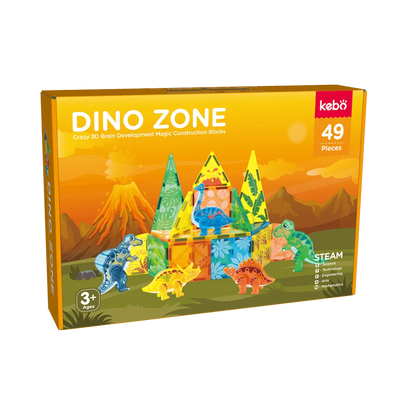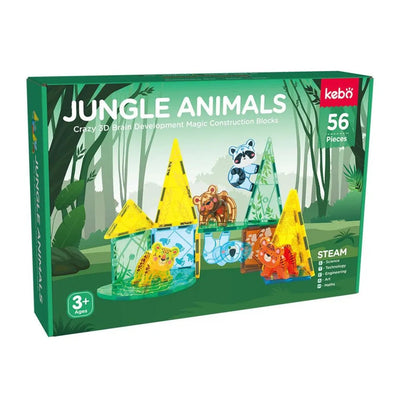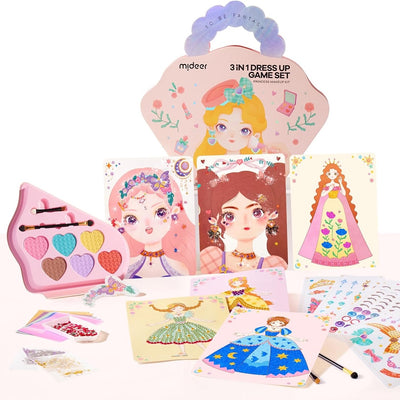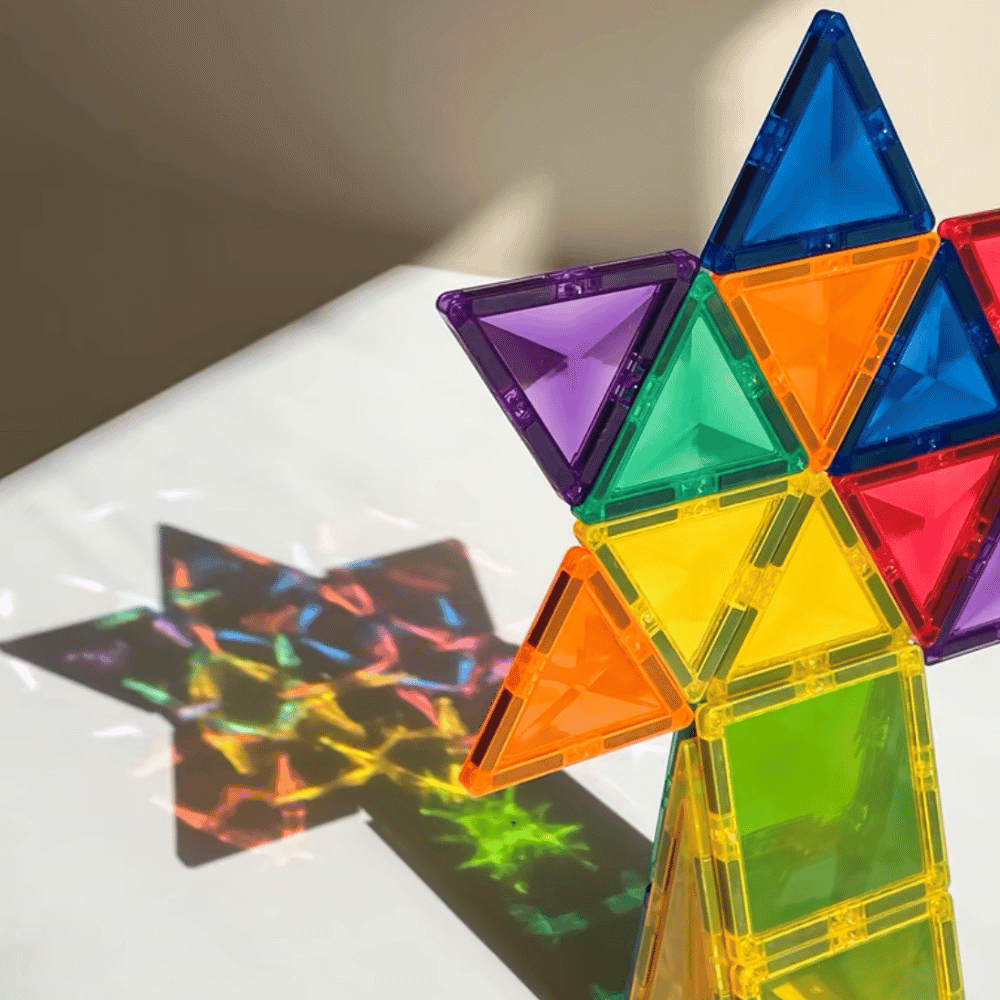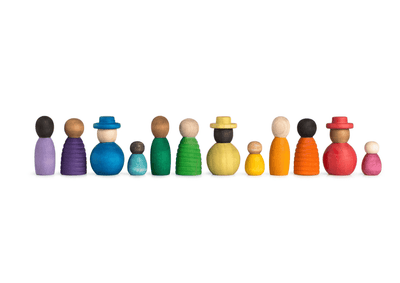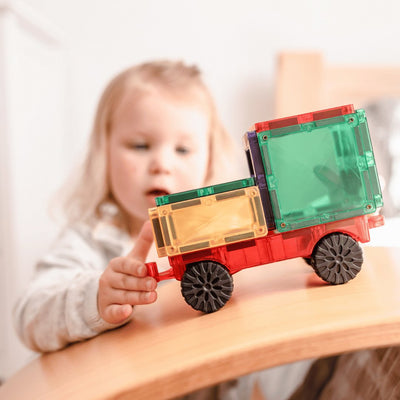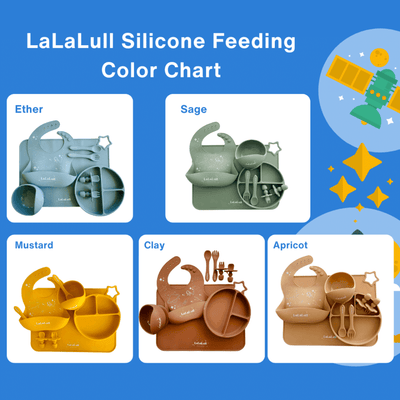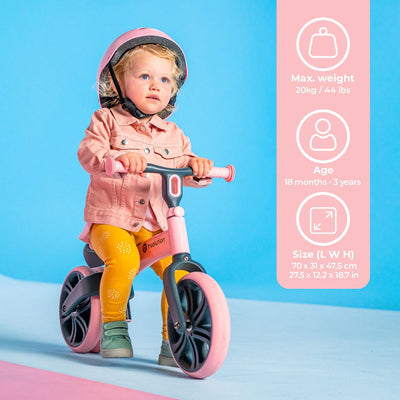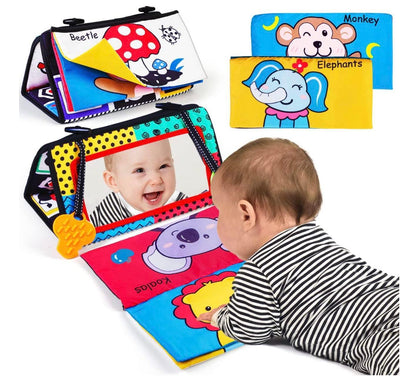In the magical world of early childhood education, few concepts are as empowering and versatile as loose parts play. Imagine giving children the freedom to explore, create, and imagine without limits—this is the essence of loose parts play. So, what is it all about, and which toys work best for it? Let’s dive into the world of loose parts and discover the best toys that can unlock endless possibilities for learning and creativity.
What is Loose Parts Play?
Loose parts play is a simple yet profound concept introduced by architect Simon Nicholson in the 1970s. The idea is to give children a variety of objects that they can move, manipulate, combine, and transform in countless ways. These "loose parts" can be anything from natural materials to everyday household items. The magic lies in their open-ended nature, allowing children to use their creativity and imagination to drive their play.
Why is Loose Parts Play Important?
Loose parts play offers numerous benefits for children’s development. Here’s why it’s so amazing:
1. Sparks Creativity and Imagination:
- Loose parts encourage children to think outside the box. With no set rules or outcomes, they can explore different ways to use the materials, fostering innovative thinking and creativity.
2. Builds Problem-Solving Skills:
- When children engage with loose parts, they experiment, test ideas, and solve problems. This process enhances their critical thinking and helps them develop strategies to achieve their goals.
3. Enhances Fine Motor Skills:
- Manipulating small objects strengthens fine motor skills. Picking up, arranging, and assembling loose parts require precision and control, boosting hand-eye coordination.
4. Fosters Social Skills:
- Loose parts play often involves group activities. Children learn to communicate, share ideas, negotiate roles, and collaborate effectively, enhancing their social skills.
5. Develops Emotional Resilience:
- Loose parts play allows children to take risks and deal with failure in a safe environment. When their structures collapse or ideas don’t work out, they learn to cope with frustration and develop resilience.
Best Montessori Toys for Loose Parts Play
Here are some fantastic toys and materials that can be used as loose parts to inspire creative play:
1. Natural Materials:
-
Stones and Pebbles: Perfect for building, sorting, and creating patterns.

- Sticks and Twigs: Ideal for constructing and imaginative play.
- Leaves and Flowers: Great for sensory play and creating natural art.
- Rainbow Stackers : Ideal for constructing and imaginative play.
- Snowflake building blocks: Ideal for constructing and creative play.
2. Household Items:
- Bottle Caps: Useful for sorting, counting, and creating mosaics.
- Corks: Versatile for stacking, building, and imaginative play.
- Buttons: Excellent for sorting, pattern making, and fine motor activities.
3. Recyclable Materials:
- Cardboard Tubes: Perfect for constructing tunnels, towers, and creative structures.
- Plastic Containers: Great for scooping, pouring, and organizing other loose parts.
- Fabric Scraps: Useful for sensory play, creating costumes, and making soft sculptures.
4. Building Toys:
- Wooden Blocks: Classic and versatile, ideal for building and creative play.
-
Magnetic Tiles: Excellent for constructing complex structures and exploring geometry.

- LEGO Bricks: Perfect for detailed building projects and imaginative play.
5. Art Supplies:
- Beads and Sequins: Great for crafting, threading, and creating intricate designs.
- Pipe Cleaners: Flexible and colorful, ideal for constructing and decorating.
- Pom-Poms: Fun for sensory play, sorting, and adding texture to creations.
6. Miscellaneous Items:
- Shells: Perfect for sensory play, sorting, and creating natural art.
- Feathers: Great for sensory exploration and decorating projects.
- Glass Gems: Beautiful for creating patterns, sorting, and sensory play.
How to Facilitate Loose Parts Play
To make the most of loose parts play, consider these tips:
1. Provide Variety: Offer a wide range of materials to keep play fresh and exciting. 2. Organize: Use trays, baskets, or large toy basket to keep loose parts organized and accessible. 3. Rotate Materials: Regularly introduce new items to inspire creativity and prevent boredom. 4. Encourage Exploration: Allow children to take the lead in their play and explore materials in their own way. 5. Create a Safe Space: Ensure the play area is safe and free from hazards, especially with small parts.
Conclusion
loose parts play is a powerful tool for unleashing children’s creativity, imagination, and problem-solving skills. By providing a variety of open-ended materials, you can create a rich and stimulating play environment that supports holistic development. Whether using natural materials, household items, or purpose-built toys, the possibilities are endless. So, gather your loose parts, set the stage, and watch as your children’s imaginations soar.
